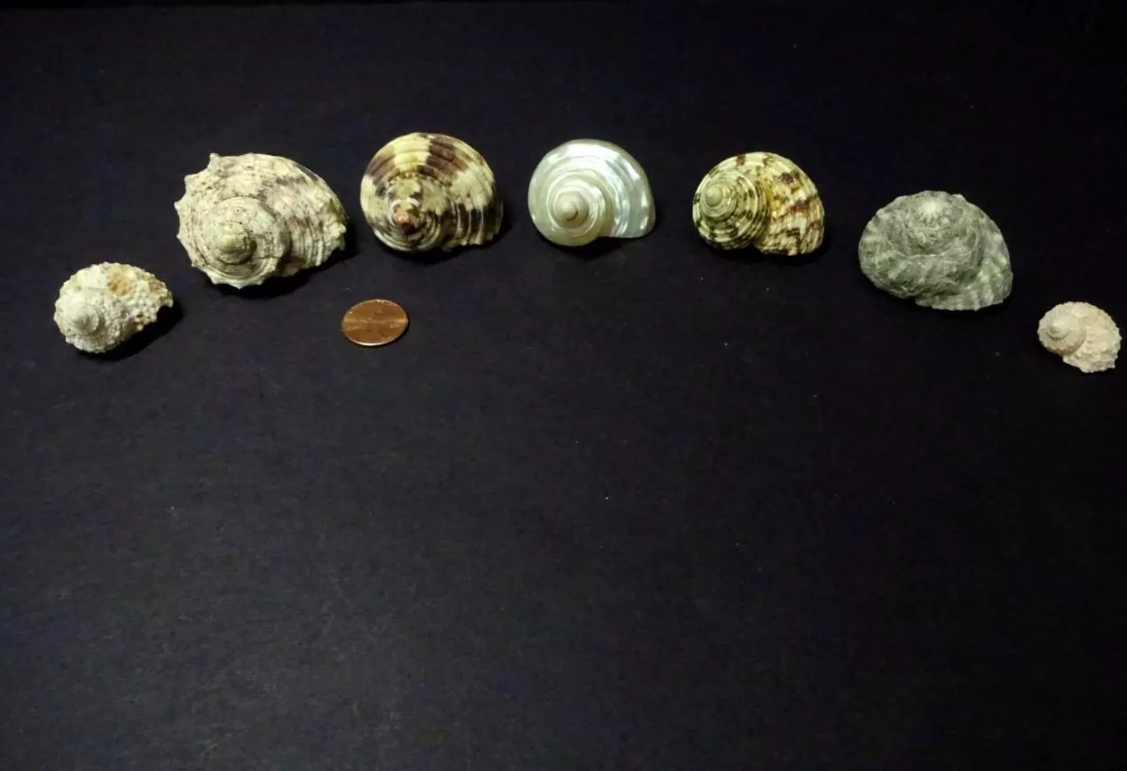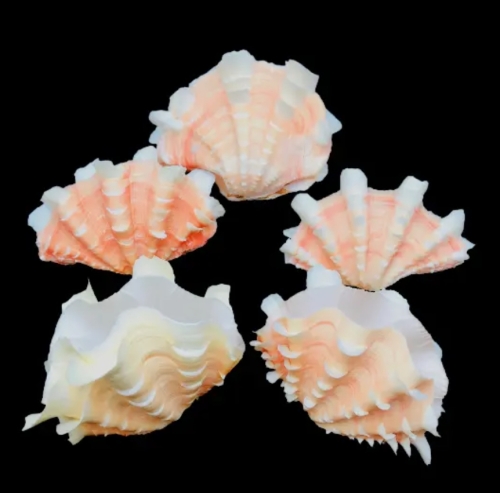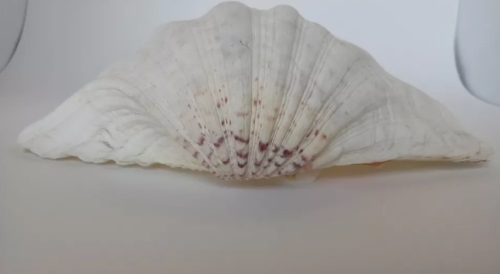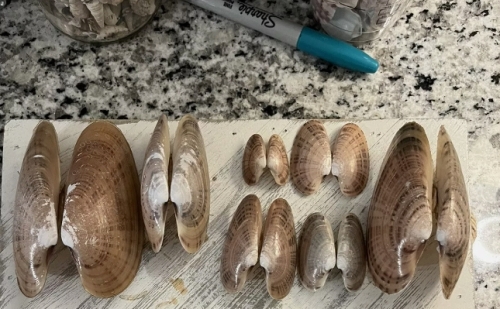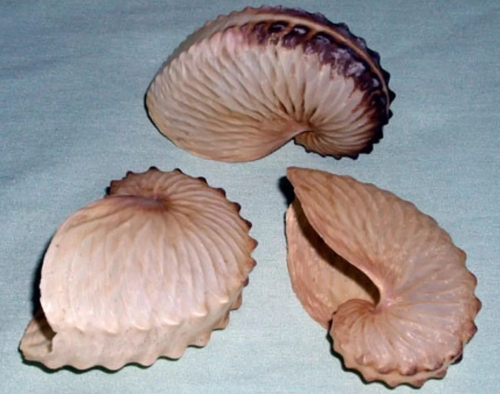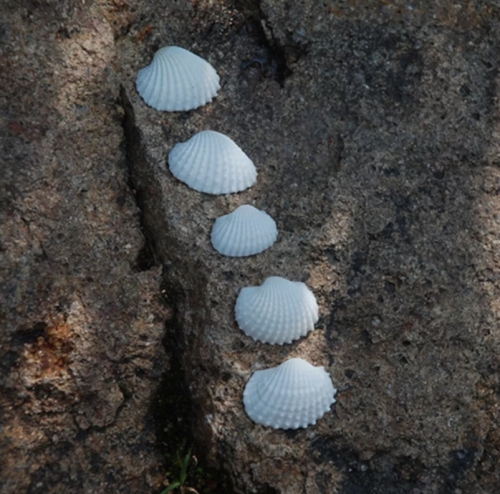Shell specimens are one of the most charming specimens in nature, showing the diversity and beauty of Marine life. Each shell carries a unique story, recording the changes in its habitat and the process of growth. Shells vary in shape, color and texture, reflecting the ecological adaptability and survival strategies of different species.
The formation of shells is a mysterious process, usually made of calcium secreted by mollusks' coats. Over the course of their lives, shells grow and repair to adapt to changes in the external environment. The smooth surface of the shell often shows elegant colors, or complex and beautiful patterns, which are the result of natural selection and genetic variation.
Shell specimens are not only a collection for nature lovers, but also an important object of scientific research. By observing and classifying shell specimens, experts are able to better understand the ecological characteristics of these creatures, their evolutionary history, and their role in the ecosystem. In addition, the fossil record of shells provides valuable information for the study of ancient Marine environments, helping to shed light on climate change and biological evolution throughout Earth's history.
In the process of collection and preservation of specimens, certain norms must be followed to protect the environment and maintain ecological balance. Proper collection methods and scientific treatment can ensure the integrity and authenticity of shell specimens. For those interested in Marine biodiversity, the collection and study of shell specimens is undoubtedly a window into the mysteries of nature.
People's appreciation of shells is not only at the scientific level, many cultures have also given shells special symbolic significance. Whether in art works or as decorations, shells add infinite beauty to people's lives with their unique forms and colors.

